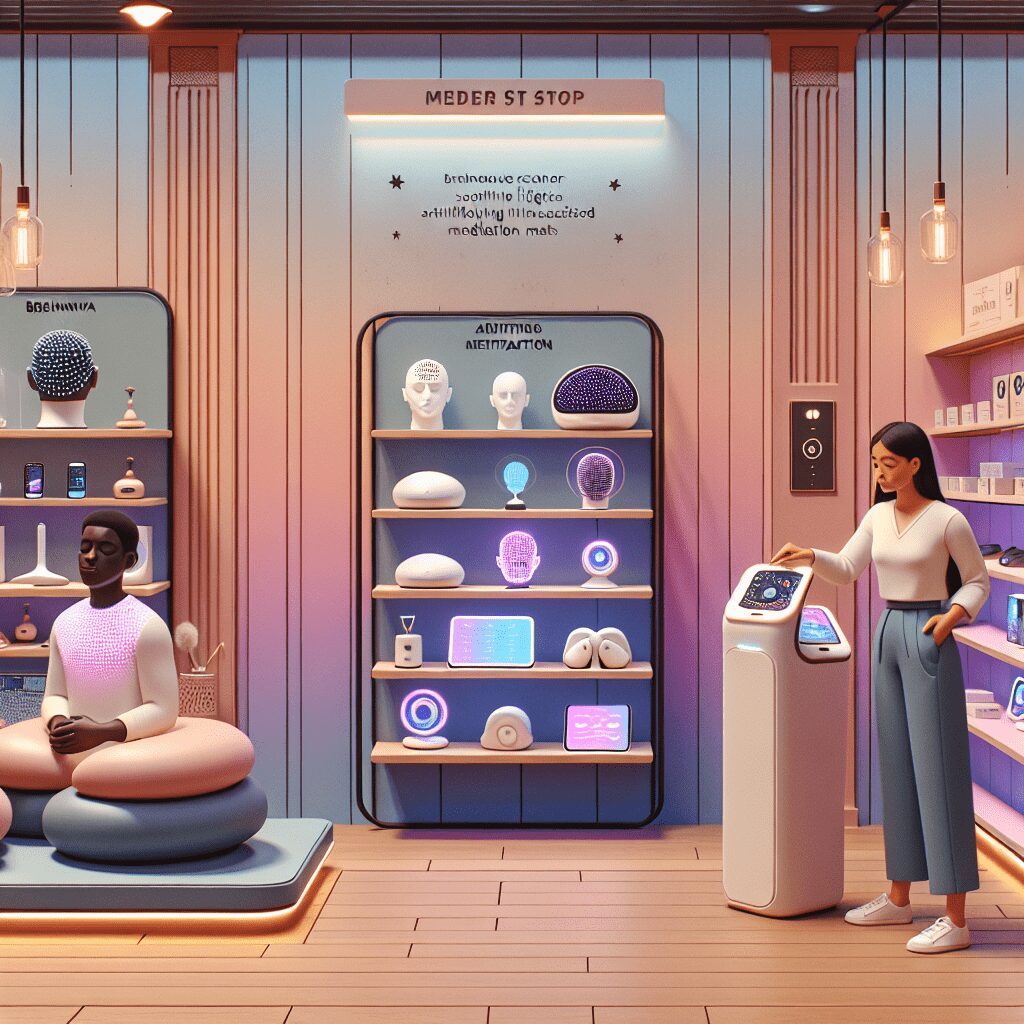
Prioritize your mental well-being daily. Enhance your life by nurturing your mental health with the Smart Meditation app. Break free from stress, alleviate anxiety, and enhance your sleep quality starting today.
What Caused Your Social Anxiety?
Unraveling the Mystery Behind Social Anxiety
In today’s fast-paced world, where social interaction is not just a part of life but often a necessity for success, many find themselves grappling with an invisible barrier that makes these interactions painfully challenging. This barrier, known as social anxiety, can stem from a tangled web of causes, ranging from genetics to life experiences. Let’s dive into understanding what fuels this common yet often misunderstood condition.
Genetics and Brain Structure: The Inherited Blueprint
First off, it’s crucial to acknowledge the role of genetics and brain structure in social anxiety. Research has shown that if your family tree has branches heavily laden with anxiety or other mental health conditions, the apple might not fall far, genetically speaking. Moreover, variations in the structure and function of certain brain areas can put one at a higher risk. For instance, an overactive amygdala (a region related to fear responses) can make social situations feel more threatening than they actually are.
A Cocktail of Life Experiences
While genetics lay the groundwork, life experiences can build upon that foundation in complex ways. Early childhood experiences particularly wield a significant influence. Bullying, family conflicts, or even overly critical parenting styles can plant seeds of self-doubt and fear of judgment that sprout into social anxiety. It’s like each negative experience adds a brick to the wall separating an individual from comfortable social interaction.
- Traumatic Social Events: A single, deeply humiliating experience can also leave a lasting mark, setting the stage for social anxiety. It’s akin to the brain bookmarking that type of situation as one to avoid at all costs in the future.
- Overprotective Upbringing: Sometimes, well-intentioned but overprotective parenting might inadvertently contribute. Kids who aren’t given the chance to socially rough it out may not develop the resilience or social skills needed, making adult social interactions daunting.
- Cultural Influences: The society and culture one grows up in can also play a role. Cultures that place a high value on conformity and harshly judge deviations from the norm can amplify the fear of social scrutiny, magnifying anxiety in social situations.
Breaking the Cycle: Overcoming Social Anxiety
Knowing the roots of social anxiety is the first step toward addressing it, but what comes next? Here are strategies that can help in navigating through the maze of social anxiety:
-
Therapy: Cognitive-behavioral therapy (CBT) is widely regarded as one of the most effective treatments for social anxiety. It works by changing negative thought patterns and behaviors that feed social anxiety.
-
Mindfulness and Relaxation Techniques: Practices like mindfulness meditation, yoga, or deep breathing can help manage the physiological symptoms of anxiety, making social interactions less daunting.
-
Gradual Exposure: Facing fears head-on but in a gradual, controlled manner can desensitize the anxiety response over time.
-
Building Social Skills: For some, social anxiety stems from a lack of confidence in their social skills. Joining a club, taking a class, or even online forums can provide low-stakes environments to practice and improve.
-
Medication: In some cases, medication may be recommended alongside therapy and lifestyle changes. It’s essential to consult with a healthcare provider to explore this option.
At the end of the day, the journey to overcoming social anxiety is deeply personal and varied. It’s about stitching together a personalized quilt of strategies that suit one’s specific situation. And while the road may be bumpy, it’s paved with the promise of richer, more fulfilling social interactions.





